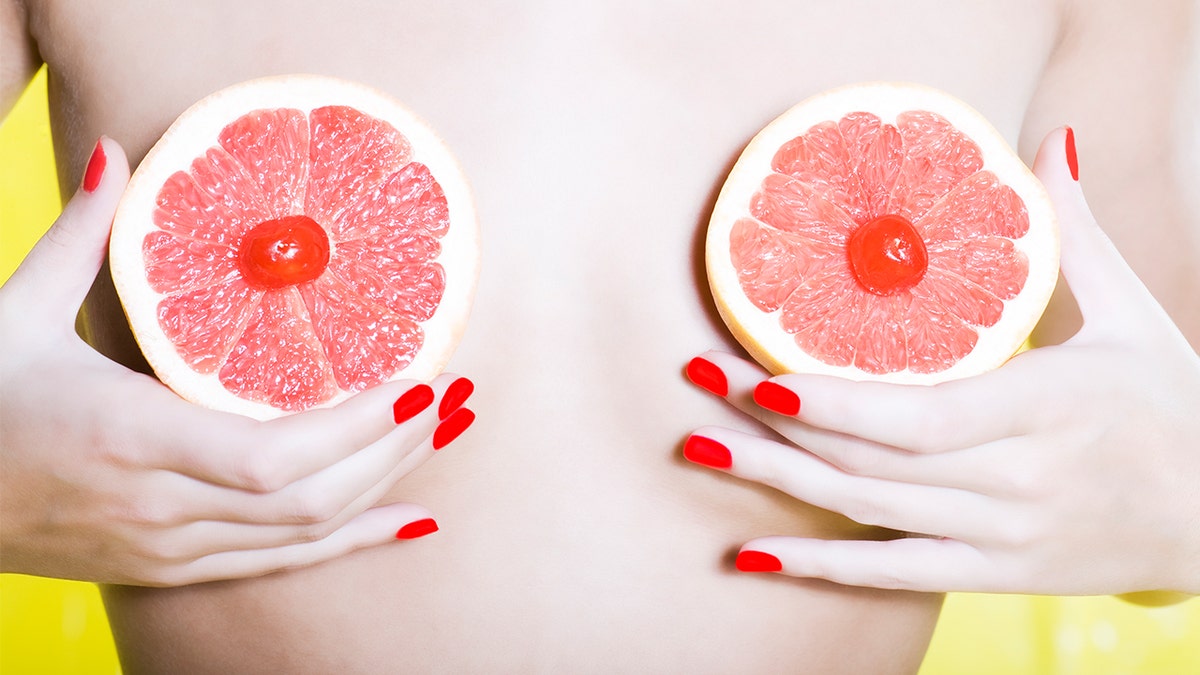Why women are getting plastic surgery on their nipples
{{#rendered}} {{/rendered}}
(iStock)
Let’s talk about nipples. You may not realize it, but they’re actually having a bit of a moment.
While the majority of us won’t have spent much time pondering them, these days according to cosmetic surgeons, nipples are big … big business, that is.
It all started at the end of last year when leading names in the plastic surgery industry hedged their bets and released a forecast of nip and tuck trends for 2017. Surprisingly, the hitherto ignored nipples topped the list. And in contrast to breasts, bigger is not, in fact, better when it comes to our nips.
{{#rendered}} {{/rendered}}According to findings from a survey conducted by the Plastic Surgery Group, patients with smaller-sized nipples were rated to be more attractive than their larger nippled counterparts. This was mirrored by comments from their spokesperson who said that there had been “a 30 percent rise in women requesting a smaller nipple size in the last year.”
More prominent, less prominent, bigger, smaller, darker, lighter. Horses for courses. The range of tweaks available allows anyone to get nipples that are just begging for a public “nip slip.”
“Over the last six months I’ve definitely noticed an increasing trend from patients asking for corrective nipple surgery,” says Dr. Rohit J. Kumar, a Sydney-based cosmetic plastic surgeon who owns Sydney Cosmetic Sanctuary.
{{#rendered}} {{/rendered}}“And in that time I’d say that the number of inquiries have pretty much doubled.”
But what exactly constitutes a perfect nipple? After all, they come in all shapes, sizes and colors.
Hands down, the most common treatment is the correction of inverted nipples (when the nipple is flat or concave and refuses to protrude or become erect on its own) which affects around 20 percent of all women.
{{#rendered}} {{/rendered}}At the top of customers’ wishlists, according to Kumar, is having a symmetrical pair — despite the fact that most women have — just like their breasts — asymmetric nipples. Second is the size of the nipple and areola (the pigmented area surrounding it) with a preference for smaller. Going back to the aforementioned study, nipples that occupied between 25 and 30 percent of the breast were rated highest in terms of desirability.
“I think the ‘perfect’ nipple is very subjective,” says Kumar. “What may be the right size and shape for someone, may not be what suits another patient. We can decrease the size of long and prominent nipples and the areola size can be reduced as necessary.”
“When we design the nipple and areola — particularly following breast cancer reconstruction and after breast cosmetic surgery — we aim for an area of between 1.5 to 1.65 inches in diameter and a nipple of approximately .4 inches in length.
{{#rendered}} {{/rendered}}“For the majority of patients this will deliver an aesthetically pleasing result. The aim is to make things more symmetrical, while always remembering that — as I tell my clients — they are sisters, not twins!”
If you’re not so inclined, there is an alternative to surgery: Fake nipples.
Of course, “Sex and the City” was way ahead of the trend back in the early 1990s when Samantha had a dalliance with a pair of silicone nipples that proved to be the perfect man bait.
{{#rendered}} {{/rendered}}But these instant nipple erections are no longer only in the realm of TV fiction. For those who, like Sam, want to improve on nature without facing the knife and needle, you can buy them online for around $10 a set.
Designed for use under everything from bras and dresses to sweaters and bikinis, “Just Nips‘” stick-on nipples come in multiple colors and sizes, ranging from “cold” to “freezing.”
The trend may seem symptomatic of the wold’s rapid descent into extreme narcissism. And though you might be left thinking: “what’s next? Fingernail transplants? Tongue lipo? Bellybutton lifts?” For others, the current focus on the nipple is a byproduct of the gender equality campaign, “Free the Nipple,” which promotes acceptance for women to bare their nips in public.
{{#rendered}} {{/rendered}}Whatever your stance, it’s clear that — if the trend continues to gain momentum — we may never look at the humble nipple quite the same way again.
